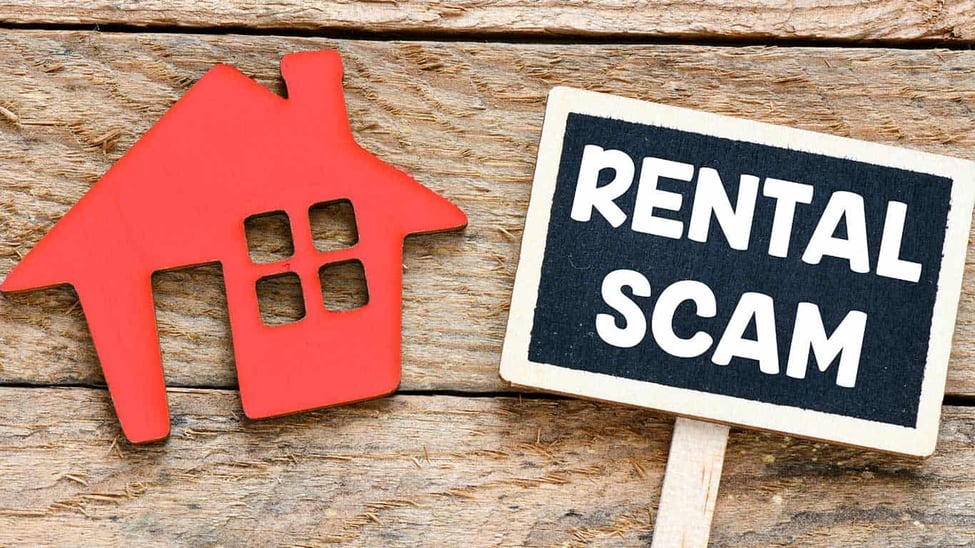So you take your busy Saturday morning off from fun with the family to go look at a few rental listings online. You get there and the place is a complete disaster and looks nothing like the pictures and you completely wasted your time or worse, it was a fake listing to try and get you to send a non-refundable rent deposit ! Well you're not alone.
Here are 10 tips to avoid being "catfished" by listing photos:
1. Compare Rental Photos to Street Views: Use tools like Google Street View to compare the exterior of the property to the images in the listing. This can help verify if the property is represented accurately.
2. Look Up Previous Listings: Search for past listings of the same property to see if it was previously rented or sold. Older listings may have more realistic photos that give you a better idea of the unit’s condition and layout.
3. Check for Red Flags in Photos: Be cautious if the photos only show certain areas of the unit, avoid showing bathrooms or kitchens, or use extreme wide-angle lenses that distort the space. Blurry or overly staged photos can also be signs of misleading listings
.
4. Ask for Specific Details: Reach out to the landlord or agent and ask for specific information like the dimensions of rooms or how old the appliances are. If they're vague or avoid answering questions, it could be a sign the listing isn't fully honest.
5. Read Reviews and Research the Property: Search for reviews of the building or landlord online. Tenants often leave reviews on rental sites or social media that can give insight into the property’s condition and management.
6. Beware of Deals Too Good to Be True: If the price seems unusually low compared to similar rentals in the area, it may be a sign of a misleading or fraudulent listing. Always cross-reference pricing with other properties in the neighborhood.
7. Inspect Multiple Listings in the Same Building/Area: If the property is part of a larger complex or a well-known area, check other listings in the same building or neighborhood. This can help you see patterns in how properties are marketed and avoid falling for a listing that stands out in an unrealistic way.
8. Ask for Unstaged Photos: Request photos of the unit in its current state, without any staging or professional photography. This will give you a more accurate picture of the property, especially if the listing uses virtual staging.
9. Verify the Property Owner: Use public records or ask for proof of ownership to ensure the person or agency you're dealing with actually owns or manages the property. This can help you avoid scams where someone pretends to be the owner.
10. Check for Repeated Listings: If you see the same listing posted multiple times over a short period (especially under different names), it could be a red flag that the listing is a scam or misleading.
Happy house hunting!

